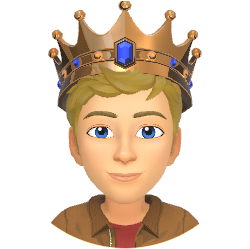Food test practical
Cards (42)
- Which test is used for sugars?
- What is the iodine test used for?
- What does the Biuret test detect?
- What does the Sudan 3 test check for?
- What additional test is covered for Edexcel students?
- What is the first step in preparing a food sample?
- What should you do after crushing the food sample?
- Why do you filter the solution after preparing the food sample?
- What are the two types of sugars mentioned?
- What does a blue solution indicate in the Benedict's test?
- What color change indicates the presence of reducing sugars in the Benedict's test?
- How do you perform the iodine test for starch?
- What color change indicates the presence of starch in the iodine test?
- What is the procedure for the Biuret test?
- What color change indicates the presence of protein in the Biuret test?
- What additional reagents are needed for the Edexcel Biuret test?
- What is the purpose of the Sudan 3 test?
- What indicates the presence of lipids in the Sudan 3 test?
- What is the procedure for the Emulsion test for lipids?
- What indicates the presence of lipids in the Emulsion test?
- What is the temperature setting for the water bath in the Benedict's test?
- Why should you point the test tube away from yourself?
- What is the volume of food sample used in the Biuret test?
- What is the volume of food sample used in the Sudan 3 test?
- What is the role of the glass rod in preparing the food sample?
- What happens if no lipid is present in the Emulsion test?
- What is the significance of the color change in the tests?
- What is the main difference between reducing and non-reducing sugars?
- What is the purpose of using distilled water in the food tests?
- What is the role of the filter paper in the preparation of the food sample?
- What is the significance of the color blue in the Biuret test?
- What does a blue-black color indicate in the iodine test?
- What is the importance of gently shaking the test tubes during the tests?
- What is the expected result if a food sample contains no lipids in the Sudan 3 test?
- What is the expected result if a food sample contains starch in the iodine test?
- What is the expected result if a food sample contains protein in the Biuret test?
- What is the expected result if a food sample contains reducing sugars in the Benedict's test?
- What is the expected result if a food sample contains no reducing sugars in the Benedict's test?
- What is the expected result if a food sample contains lipids in the Emulsion test?
- What is the expected result if a food sample contains no starch in the iodine test?
